 They always get the best seat in the house.
Below, a collection of film stars, in Hollywood and other places, looking large and in charge while seated in director's chairs. In panel three the actress in the “Bonanza's guest” chair is Karen Sharpe. We don't expect you'll need help with the others, but if so our keywords list them in order.
 They'll have to choose what they hate more—their circumstances or each other. 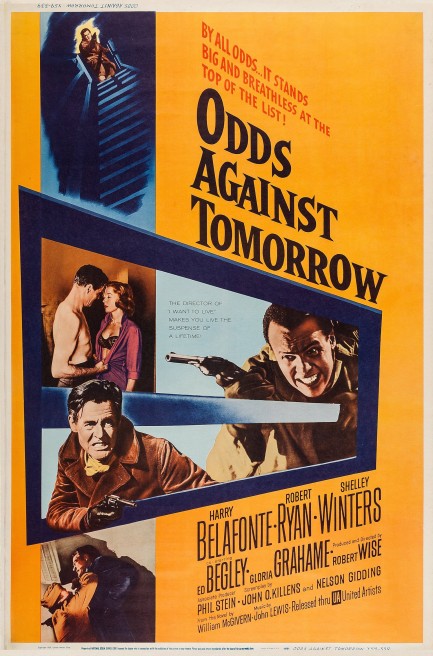
The Noir City Film Festival rolls on with Robert Wise's 1959 thriller Odds Against Tomorrow. Harry Belafonte and Robert Ryan star in a heist story that brings a touch of underground jazz and an edge of racial tension to the narrative mix. It would play nicely on a double bill with In the Heat of the Night, but fits at Noir City too. In fact it might be the darkest film noir on the bill. Belafonte is in debt to mobsters and Ryan is broke and feels emasculated being supported by his girlfriend. When ex-cop Ed Begley brings the two together for a lucrative robbery both see it as the only answer. The robbery has the same problems associated with any heist, with the added complication of Ryan's racism.
Some reviews of this film try to suggest equivalence between these two characters. Uh, no. Belafonte's separatist leanings and distrust of whites in a society that is unfair toward him is a precaution; Ryan's separatist leanings and distrust of blacks in a society that favors him is oppression. This is a basic sociological truth as it relates to power in any society, and it's irksome that some reviewers miss this. Belafonte responds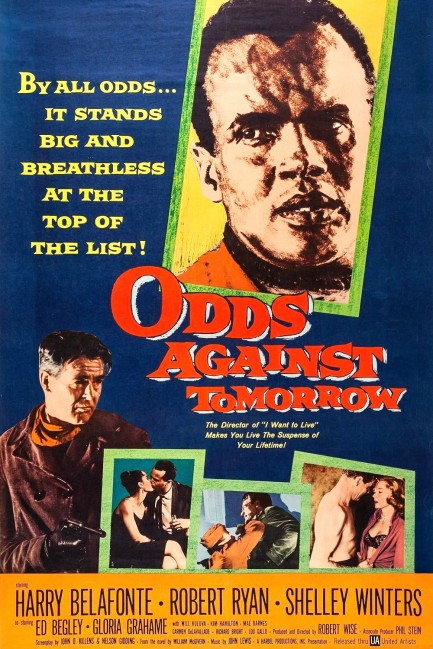 to aggressive hate with reactive hate. The expectation that he possess superhuman forbearance while his oppressor can be merely human removes context and wrongly demands that everybody behave identically despite their different circumstances and different locations within the spectrum of power. to aggressive hate with reactive hate. The expectation that he possess superhuman forbearance while his oppressor can be merely human removes context and wrongly demands that everybody behave identically despite their different circumstances and different locations within the spectrum of power.
Much of the movie examines Belafonte's and Ryan's respective attitudes along these lines, with the heist coming in a flurry of action at the end. The robbery is basically foolproof, but only if the powder keg of racial resentment doesn't blow it sky high. The points Wise is making here, which originate with William P. McGivern's novel, are simply these: cooperate and succeed, or fight and fail. All Ryan needs to do is extend the hand of respect, but because of his prejudice he fails again and again, which hardens Belafonte's already suspicious attitudes. Who do these two hate more—their circumstances or each other? That's what Odds Against Tomorrow asks, about its characters, and America. Noir City festivalgoers will leave the cinema talking about this one. 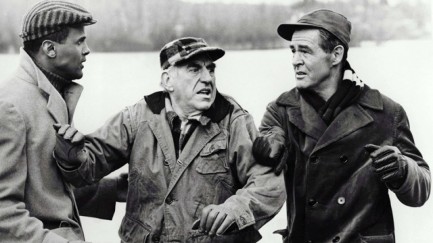
 Altman and company get gangsta in the heartland. 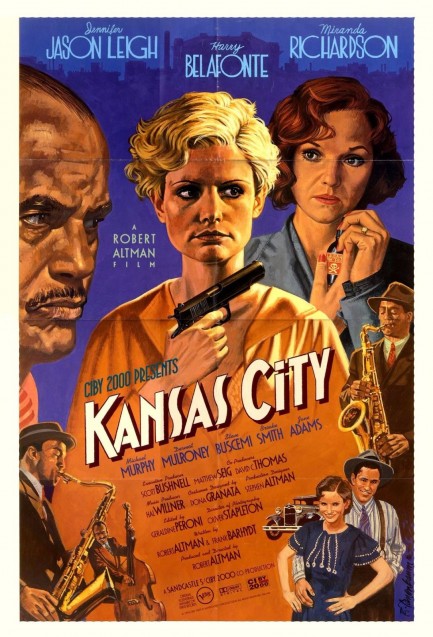
Auteur and maverick Robert Altman directed several films centered around crime, but perhaps only his 1930s gangster flick Kansas City truly fits the bill as a pulp style effort. The plot tells the tale of Blondie O'Hara, whose petty crook husband Johnny is captured by gangster Seldom Seen and held at a nightclub, prompting Blondie to kidnap the wife of a local politician in an attempt to blackmail him into using his connections to free Johnny. Sounds straightforward, but Altman's approach to this is leisurely and episodic.
Kansas City is generally considered to be a lesser effort from the legendary director, but even if it's not in the class of Short Cuts or M*A*S*H*, it has some points of interest—a slithery jazz score, lots of smoky nightclub scenery, Steve Buscemi warming up for another gangster role in the brilliant Miller's Crossing, Harry Belafonte playing it cool, and Jennifer Jason Leigh giving her actorly all as the drawling, flapperesque Blondie.
Another plus is this killer promo poster. When we saw it we had to watch the movie. But what's the most important reason to watch it? Altman, of course. It's always fun to see what a director does with the 1930s. What's the main drawback? Aside from its narrative quirkiness, we suspect its racial content may be a bit much for those with millennial sensibilities. But don't fault art for holding a mirror to history. When we can't reflect the past in cinema we'll have fallen pretty far. Kansas City premiered in the U.S. today in 1996. 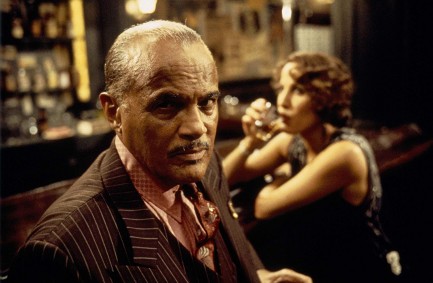 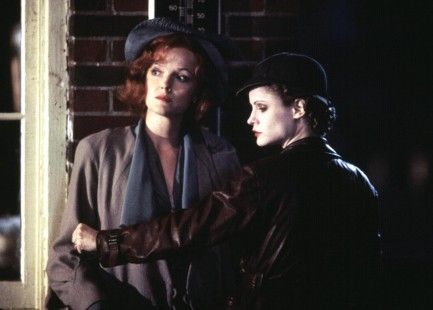 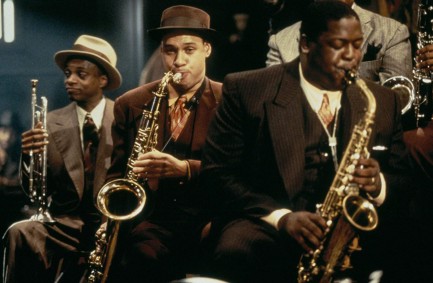 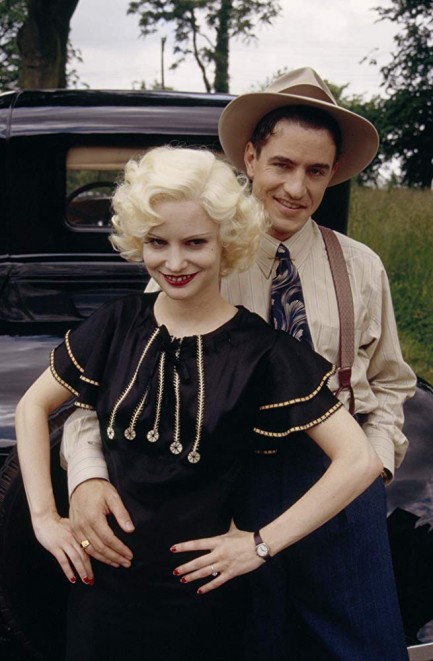 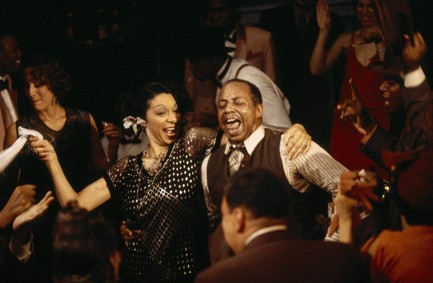 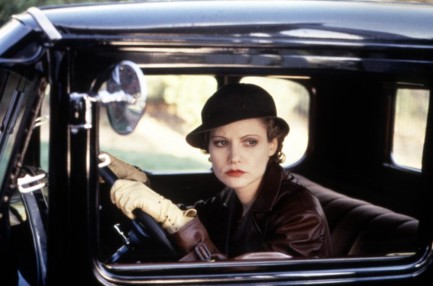
 Geez, everyone's a damn critic. I mean, look around. I play the blues for a reason. 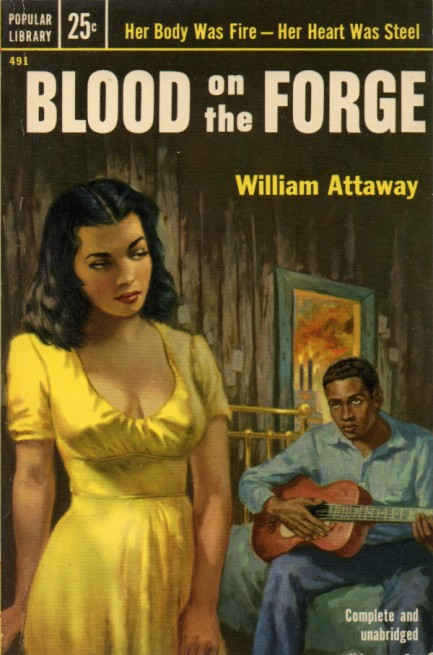 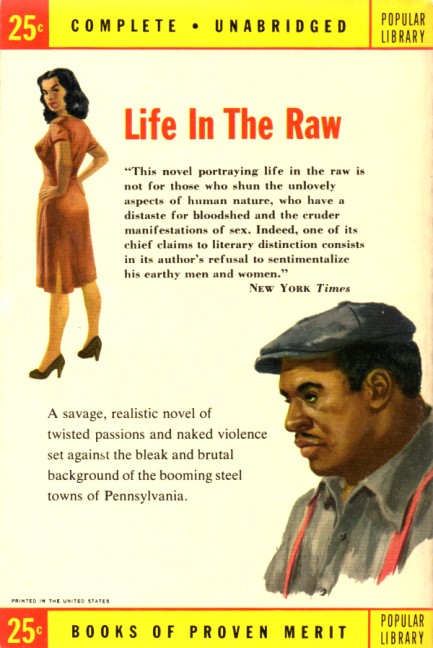
Chicago based author William Attaway's Blood on the Forge is another of those highly serious literary novels that got the good-girl-art cover treatment. Numerous previously published authors were repackaged in this way during the 1950s. We're talking everyone from George Orwell to Aristarchus of Samos. This Popular Library edition is from the heyday of the makeover era—1953—but the book first appeared in 1941. It's about African American sharecroppers during the early twentieth century leaving their agrarian existence in Kentucky and heading to West Virginia, where they seek better lives and something closer to equality (the rear cover says Pennsylvania, but that happens much later in the story). This era is known historically as the Great Migration, when a lot of blacks got the hell out of the South and the increasingly vicious Jim Crow culture that thrived after slavery. The characters in Blood on the Forge find, like most real life migrants did, that the North is also unfair and difficult.
The cover art isn't as much of a stretch as it often is with these pulped up versions. The guitar player is Melody Moss, a major character, and the woman is Anna, who in the narrative is a Mexican girl of fourteen, but is depicted as well above the age of consent here. It's a pretty nice piece of art, though by an unknown (Ray Johnson? Owen Kampen?). As for the actual fiction, it was neglected for decades but it's now considered a literary classic and Attaway is recognized as an important figure of the Black Chicago Renaissance. Fitting, because Attaway was a real Renaissance man. He stopped writing novels after Blood on the Forge and moved into music and writing screenplays for radio, films, and TV. In 1957 he published the Calypso Song Book, a compendium of tunes he had collected. He also wrote for Harry Belafonte, including the classic "Banana Boat Song (Day O).” By the end of his career he had penned over 500 songs. You have to be impressed.
 The magazine that whispered rape. 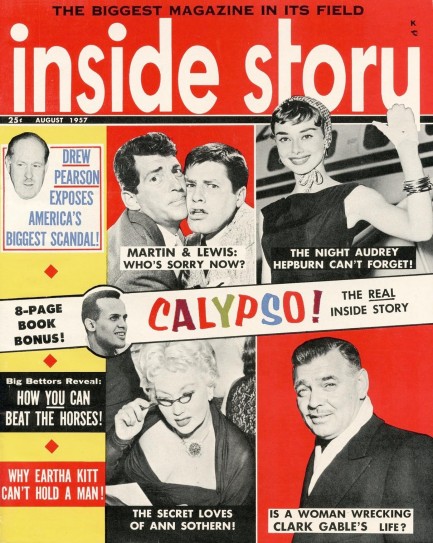
Inside Story of August 1957 offers up stories on Elsa Martinelli, Ann Sothern, Clark Gable and others, but the subhead reading “The Night Audrey Hepburn Can’t Forget” is irresistible. So what happened on the night in question? Nothing fun, unfortunately. Fully expecting to read about some wild party or drunken escapade, journo Gwen Ferguson instead tells us that in 1942, when Hepburn was a Dutch teen named Audrey Kathleen Ruston, she was “brutally kidnapped and subjected to terrible indignities” by a Nazi soldier. As is typical for mid-century tabloids, this claim comes not from direct interviews, but rather from a fly-on-the-wall third person account. In this case, the magazine claims she confessed what happened to prospective husband Mel Ferrer, pictured next to her below, because she wanted him to have a chance to rescind his marriage proposal. The implication is clear—“indignities” is a euphemism for rape. Or else why would Ferguson suggest Ferrer might turn tail and run? In light of all the discussion about rape lately, it’s instructive to go back in time and read such an incendiary insinuation presented so casually in a national magazine, probably by some pseudonymous male editor, if tradition holds true. Looking for corroboration, we found only stories about Hepburn living in constant fear of being kidnapped, but that’s all. In no place we looked did we find any reference to her actually being taken, let alone violated. So we don’t know where Inside Story got its information. That being the case, we have to call bullshit. Inside Story goes on to wrap its dubious claim in the truth by telling readers how Hepburn’s uncle was executed by Nazis—true; how she gave secret ballet performances to generate funds for the Dutch resistance—true; and how she used tulip bulbs to make the flour needed for cakes and biscuits, but went through the war malnourished and underweight—true and true. As for the other claim—if untrue, it’s pretty low, and if true, it’s both low and irresponsible. Even by the standards of mid-century scandal sheets. 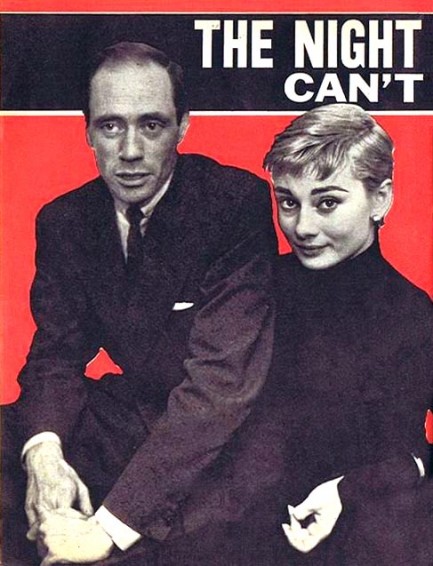 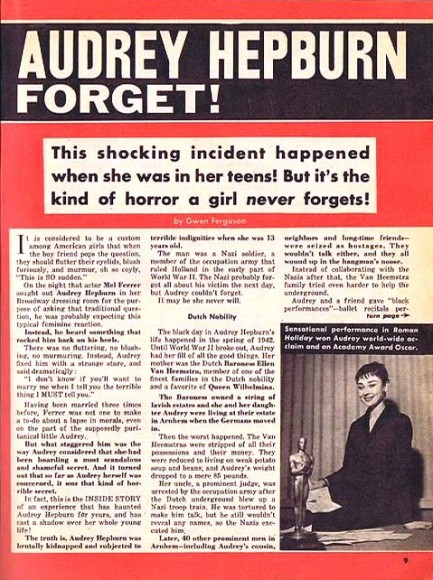
 Bold McDonald spun a yarn. 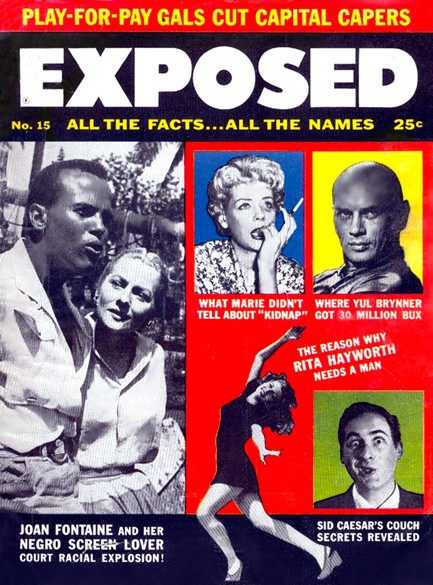
Today we’re back to the mid-century tabloid Exposed, with a cover from this month 1957 featuring Harry Belafonte, Joan Fontaine, Yul Brenner, Sid Caesar and Rita Hayworth. In the middle of the cover, you see a shot of a bruised and worried Marie McDonald. The photo was taken just after she was found on January 4 wandering in the desert near Indio, California. The tale soon spread across Hollywood like wildfire—that she had been abducted at gunpoint from her home the night of January 3 by two swarthy men who demanded her rings, her money, and her body. The last demand had a certain resonance. McDonald had gotten famous using the nickname “The Body.” The possibility that two swarthy men—one black and one Mexican—had defiled it was, in 1957, simply incendiary. McDonald’s story began to fall apart immediately. She claimed rape, but doctors found no evidence. The note left by kidnappers at her house was made up of words clipped from newspapers found in the fireplace. To the cops, it seemed unlikely that kidnappers would, under the circumstances,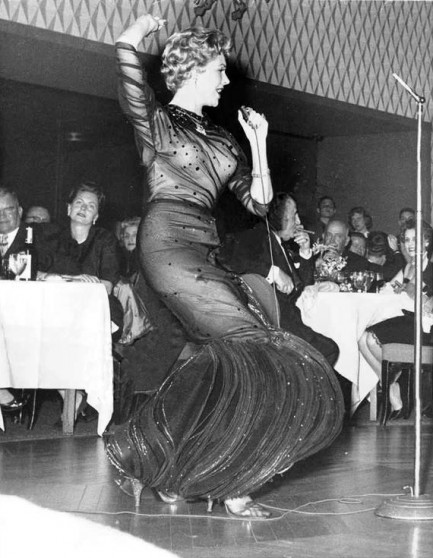 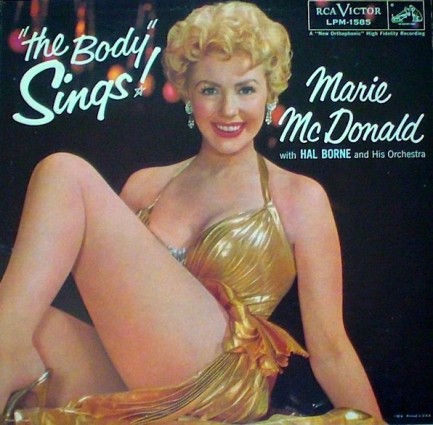 take the time to make a note from paper and glue. They also learned that McDonald had made three phone calls during the time she was missing—none to police. take the time to make a note from paper and glue. They also learned that McDonald had made three phone calls during the time she was missing—none to police. But McDonald was in a battered state, with scrapes, bruises, and two broken crowns. And she stuck to her story—nighttime, bedtime, a noise in her yard, a lean out the window, and a man lurking right there with a sawed-off. The noise had been made by a second man to draw her to the window. McDonald said the men took half an hour to make a note and discuss their plans, then bundled her into a car. About the phone calls, she said she barely managed to sneak to the phone and was disoriented and had no idea who to call. When the kidnappers heard the mounting news coverage about the crime, they decided she was “too hot” to keep and dumped her in the desert, sending her tumbling down a 25-foot embankment. And then there was the matter of the unidentified males who had called people close to McDonald with threats. By January 5, McDonald’s ex-husband Harry Karl was offering up some juicy quotes to the press. Among them: “Marie is a very sick woman. I believe she left of her own accord.” He had received one of the calls from the kidnappers, but wasn’t buying it for a  minute. He said, “She has done some very strange things in the past.” Police soon learned that the kidnap tale resembled the plot of Sylvia Tate's comedic novel The Fuzzy Pink Nightgown, which happened to be among the books McDonald had in her home. There was little doubt now in the minds of authorities that the whole situation was an elaborate hoax, but McDonald was a celebrity and so the police dutifully arrested suspects, continued investigating, and by January 17 sent the whole messy affair to a grand jury. minute. He said, “She has done some very strange things in the past.” Police soon learned that the kidnap tale resembled the plot of Sylvia Tate's comedic novel The Fuzzy Pink Nightgown, which happened to be among the books McDonald had in her home. There was little doubt now in the minds of authorities that the whole situation was an elaborate hoax, but McDonald was a celebrity and so the police dutifully arrested suspects, continued investigating, and by January 17 sent the whole messy affair to a grand jury. The day McDonald arrived to give her testimony she said, “I’m not looking forward to this. I don’t see how I can convince 19 men if I can’t convince the police.” She was right. The grand jury decided there wasn’t enough evidence of a crime and the matter was dropped. In retrospect, McDonald was probably lucky not to have been prosecuted herself. Perhaps the fact that she had retained Hollywood super lawyer Jerry Giesler helped her there. In any case, the Marie McDonald kidnapping went into the history books as yet another Hollywood conundrum. McDonald’s career as a popular performer had been more or less finished for ten years, but she had remained on the fringes of the news thanks to her marriages—seven of them—and her many famous friends.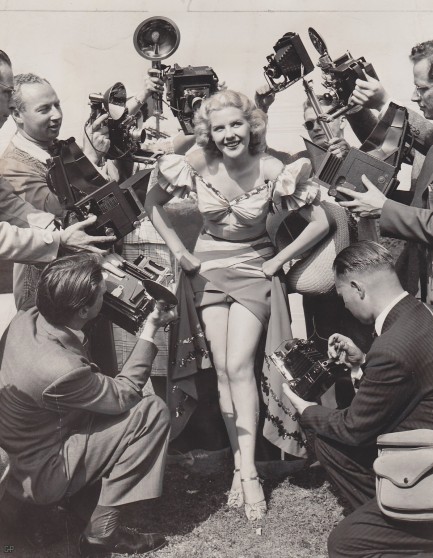 The events of 1957 had put her front and center again, but it was the last time, until she died of an accidental Seconal overdose—or was it suicide?—in 1965. Two months later, her husband Donald F. Taylor, overdosed in the same room, using the same bottle of pills. The events of 1957 had put her front and center again, but it was the last time, until she died of an accidental Seconal overdose—or was it suicide?—in 1965. Two months later, her husband Donald F. Taylor, overdosed in the same room, using the same bottle of pills.
 Only the good go to sleep at night. 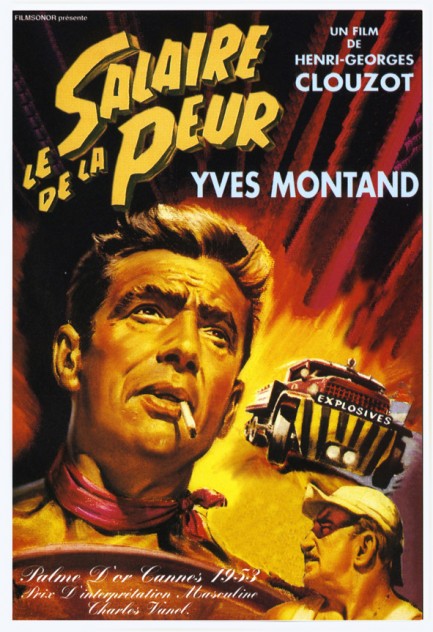
The French coined the term film noir, so it seems only fitting to feature a collection of French posters celebrating the genre. Above and below are fifteen examples promoting films noir from France, Britain, and the U.S., representing some of the best ever produced within the art form, as well as some less celebrated examples that we happen to love. Of those, we highly recommend seeing Le salaire de la peur, for which you see the poster above, and Ride the Pink Horse, below, which played as Et tournent les chevaux de bois in France. Just a word about those films (and feel free to skip ahead to the art, because really, who has time these days to listen to a couple of anonymous internet scribes ramble on about old movies?). 1953’s Le salaire de la peur is about a group of men stranded in an oil company town in the mountains of Latin America. In order to earn the wages to get out, four of them agree to drive two trucks filled with nitroglycerine over many miles of dangerous terrain. The idea is to use the chemicals to put out a raging oil well fire that is consuming company profits by the second, but of course the film is really about whether the men can even get there alive. Le salaire de la peur was critically praised when released in Europe, but in the U.S., political factions raised their ugly heads and got censors to crudely re-edit the prints so as to reduce the movie’s anti-capitalist (and by extension anti-American) subtext. The movie was later remade by Hollywood twice—once in 1958 as Hell’s Highway, and again in 1977 as Sorcerer. The original is by far the best.
1947’s Ride the Pink Horse is an obscure noir, but a quintessential one, in our opinion. If many noirs feature embittered World War II vets as their anti-heroes, Robert Montgomery’s Lucky Gagin is the bitterest of them all. He arrives in a New Mexico border town on a quest to avenge the death of a friend. The plot is thin—or perhaps stripped down would be a better description—but Montgomery’s atmospheric direction makes up for that. Like a lot of mid-century films featuring ethnic characters, the most important one is played by a white actor (Wanda Hendrix, in a coating of what looks like brown shoe polish). It's racist, for sure, but within the universe of the film Lucky Gagin sees everyone around him only as obstacles or allies—i.e., equals within his own distinct worldview. So that makes up for it. Or maybe not. In any case, we think Ride the Pink Horse is worth a look. Thirteen more posters below.
 The National Insider takes the hatchet to Marlon Brando with the help of his ex-wife. 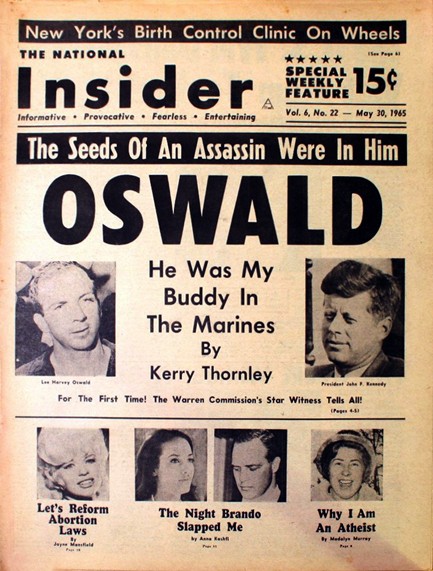
This issue of the tabloid The National Insider from today in 1965 gives us Lee Harvey Oswald’s military background, Jayne Mansfield’s thoughts on abortion, and Madelyn Murray’s views on religion. But all those pieces are trumped by the excoriating hatchet job on Marlon Brando written by his ex-wife Anna Kashfi. She reveals that Brando slapped her, tried to bully her into giving up her acting career, and never forgave her for being less than forthcoming about her eastern Indian ancestry. She also slams Harry Belafonte for lying to her to cover for the time Brando spent wooing the French actress France Nguyen. Kashfi had a lot to get off her chest, so much that Insider featured her revelations in four consecutive issues, basically turning her into a guest columnist complete with byline and inset photo. She must have really gotten an appetite for this kind of writing, because in 1979 she published the book Brando for Breakfast, which is still regarded as one of the most shocking tell-alls ever written. In that one she claimed Brando had sex with a chicken. For the love of God, cock-a-doodle-don’t.
 I feel like the music sounds better with you. 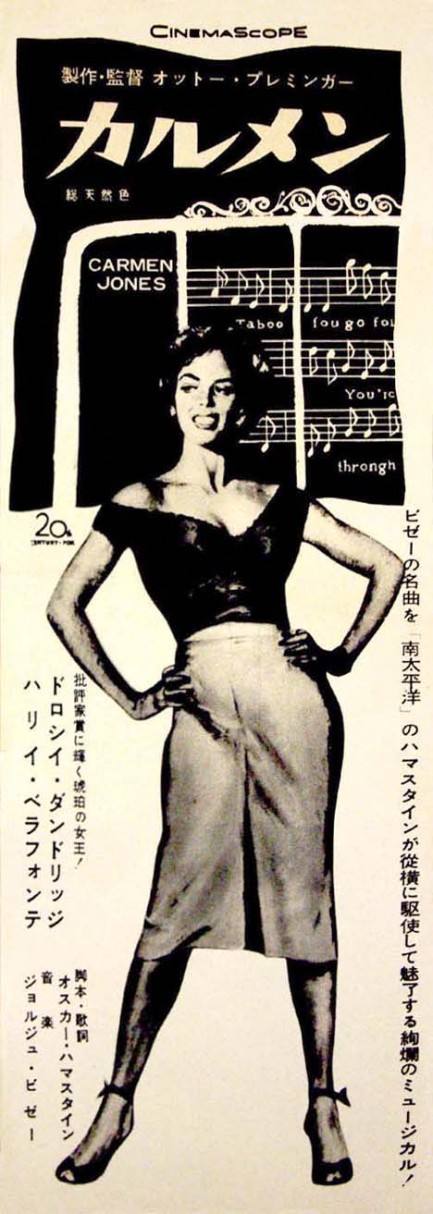
Japanese promo poster for Carmen Jones, Otto Preminger’s all black version of Bizet’s opera Carmen, starring Dorothy Dandridge, Harry Belafonte, Pearl Bailey, and Diahann Carroll. Carmen Jones opened in Tokyo in April 1960.
 When Hush comes to shove. There’s a veritable smorgasbord of sin on the cover of this March 1956 Hush-Hush. The magazine starts by outing former German tennis star Gottfried von Cramm’s affair with actor Manesse Herbst back in the mid-1930s. Von Cramm had already been jailed in Nazi Germany for the Herbst affair, and before that had been blackmailed by Herbst for enough money to relocate to Palestine, so the Hush-Hush story must have felt like having a vulture land on him after he was already picked clean. Luckily, he had just married serial bride Barbara Hutton (who you may remember from our post a while back on the amazing Porfirio Rubirosa), and since she was the richest woman in the world at the time, we doubt von Cramm's social life was seriously crimped by Hush-Hush's homophobic rehash. The bit on Adlai Stevenson is of similar nature—he was closely monitored by FBI director J. Edgar Hoover, who periodically leaked false rumors that Stevenson was gay. The Hush-Hush story reads like a smear, but no actual files are produced because, well, they were top secret. It wouldn’t be until 2007 that a declassification of Hoover’s files revealed that FBI agents followed Stevenson for thirty-five years, sometimes even tailing him internationally. In they end they discovered nothing, except perhaps that Hoover was obsessed with homosexuality, for reasons that are yet to be fully determined, but for which there are plenty of interesting theories. 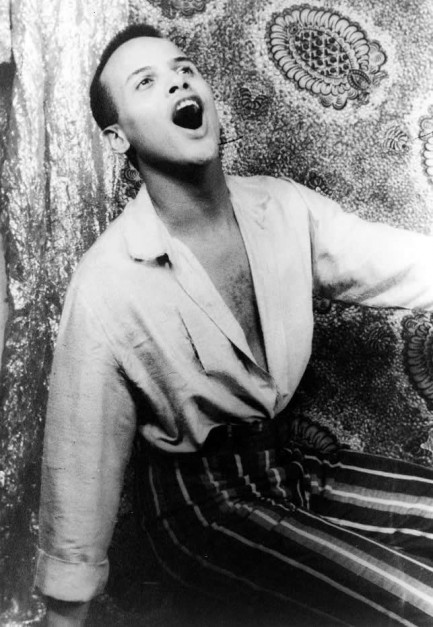 Harry Belafonte gets a spotlight as well, but for political reasons. By 1956 he was a leading figure in the American civil rights movement and was highly critical of U.S. domestic and inter-national policy, and so Hush-Hush does what any respectable red-baiting scandal rag would do—suggest he was brainwashed by communists. While the story is pure baloney, it did turn out to be prescient in one sense—Belafonte did begin explicitly endorsing communist ideals, and remains a supporter of Fidel Castro and other leftist leaders today. Harry Belafonte gets a spotlight as well, but for political reasons. By 1956 he was a leading figure in the American civil rights movement and was highly critical of U.S. domestic and inter-national policy, and so Hush-Hush does what any respectable red-baiting scandal rag would do—suggest he was brainwashed by communists. While the story is pure baloney, it did turn out to be prescient in one sense—Belafonte did begin explicitly endorsing communist ideals, and remains a supporter of Fidel Castro and other leftist leaders today. Moving along, Ann Woodward was a respected New York City socialite who shotgunned her husband dead in the fall of 1955, apparently believing him to be a burglar. There had been a series of robberies in her neighborhood, so her story made sense, but the fact that she had fired twice raised a few eyebrows. Hush-Hush happily throws a little fuel on the fires of suspicion by dredging up some marital strife and implying the shooting wasn’t an accident. But a grand jury felt differently and failed to issue an indictment. Twenty years later, Truman Capote wrote a book about the shooting and minced no words in voicing his suspicions that Woodward was a murderer. Woodward committed suicide soon thereafter, supposedly in despair that her past had been aired out again. As always, there’s plenty more dirt and dish we could discuss, but we’ll stop for now because we already have more tabloids than we’ll probably ever be able to post. In fact we just bought fifteen rare copies of the National Informer from an auction site and they only cost us two dollars apiece. And of course we also have a giant folder of tabloids we’ve downloaded. Probably the only way to use them all would be to launch a tabloids-only site, but who has the time? Not us, sadly. More on Hush-Hush later.
|
 |

The headlines that mattered yesteryear.
2003—Hope Dies
Film legend Bob Hope dies of pneumonia two months after celebrating his 100th birthday. 1945—Churchill Given the Sack
In spite of admiring Winston Churchill as a great wartime leader, Britons elect
Clement Attlee the nation's new prime minister in a sweeping victory for the Labour Party over the Conservatives. 1952—Evita Peron Dies
Eva Duarte de Peron, aka Evita, wife of the president of the Argentine Republic, dies from cancer at age 33. Evita had brought the working classes into a position of political power never witnessed before, but was hated by the nation's powerful military class. She is lain to rest in Milan, Italy in a secret grave under a nun's name, but is eventually returned to Argentina for reburial beside her husband in 1974. 1943—Mussolini Calls It Quits
Italian dictator Benito Mussolini steps down as head of the armed forces and the government. It soon becomes clear that Il Duce did not relinquish power voluntarily, but was forced to resign after former Fascist colleagues turned against him. He is later installed by Germany as leader of the Italian Social Republic in the north of the country, but is killed by partisans in 1945.
|

|
|

It's easy. We have an uploader that makes it a snap. Use it to submit your art, text, header, and subhead. Your post can be funny, serious, or anything in between, as long as it's vintage pulp. You'll get a byline and experience the fleeting pride of free authorship. We'll edit your post for typos, but the rest is up to you. Click here to give us your best shot.

|
|

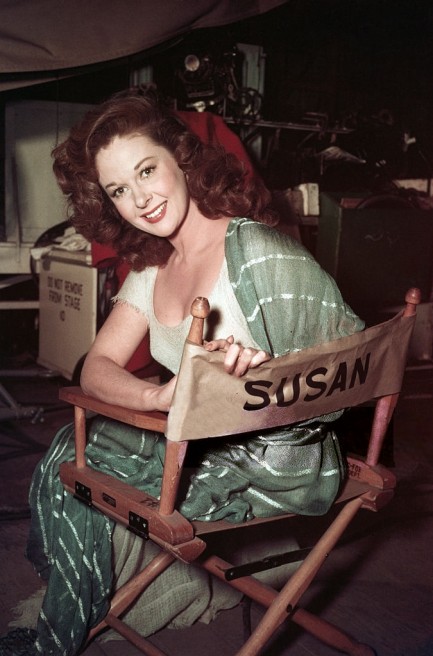
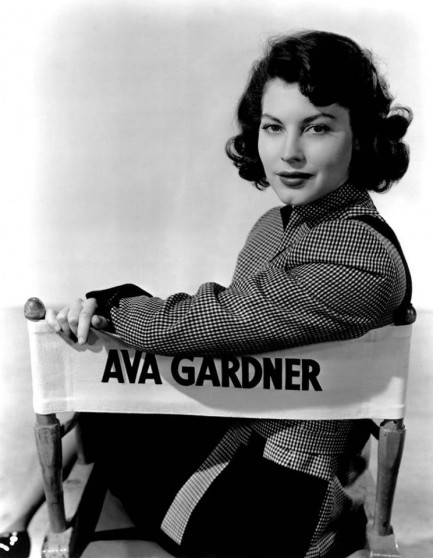


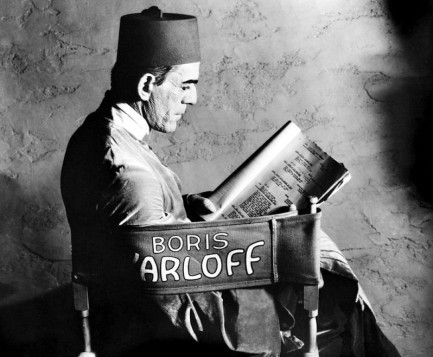
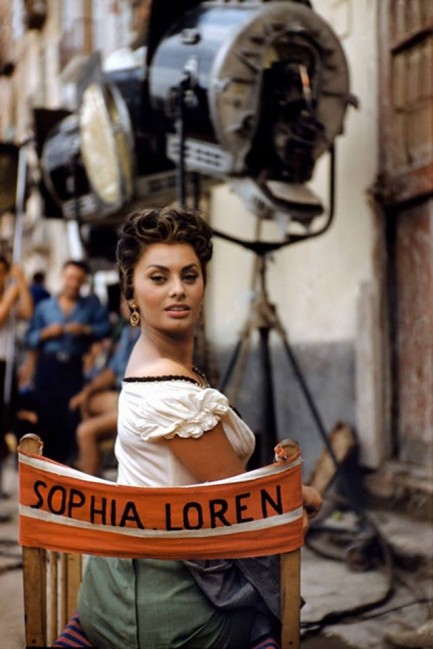

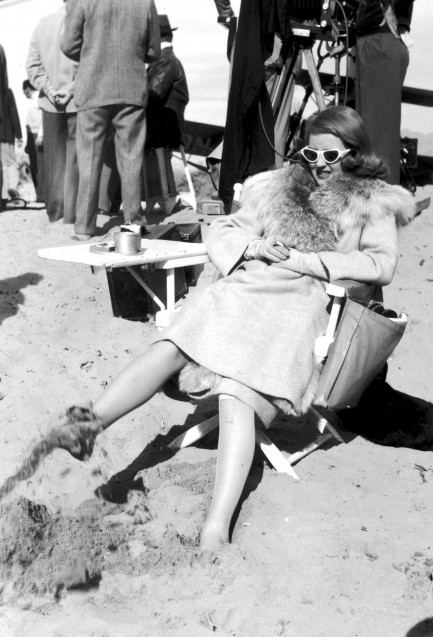

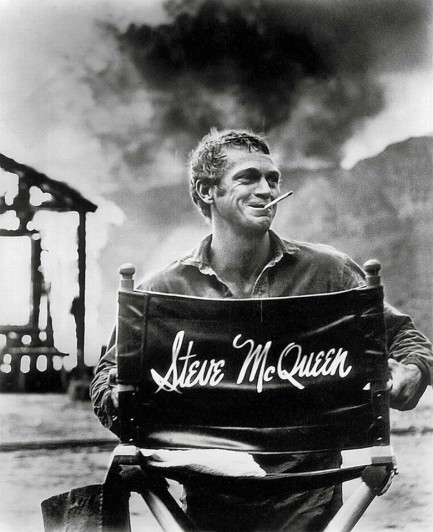

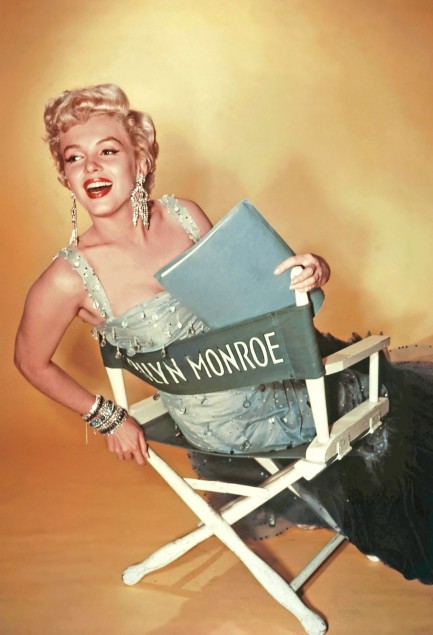
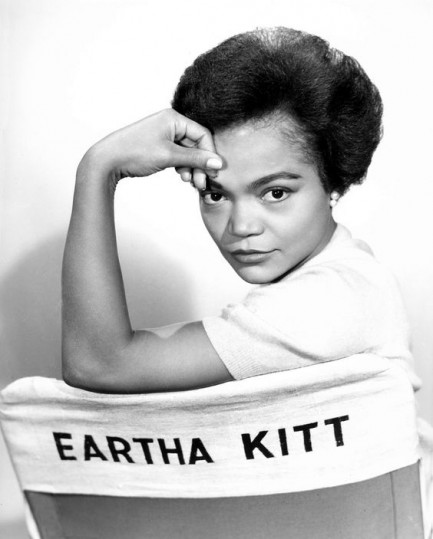
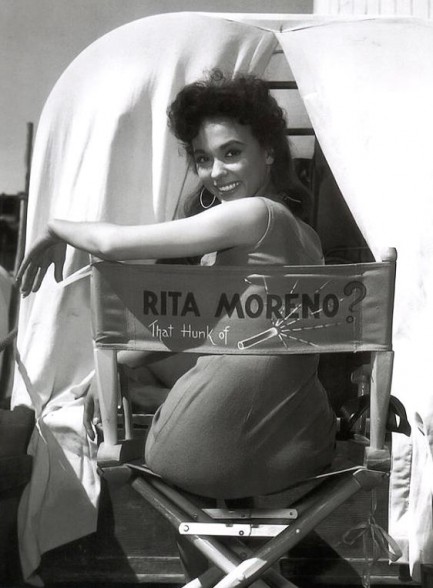
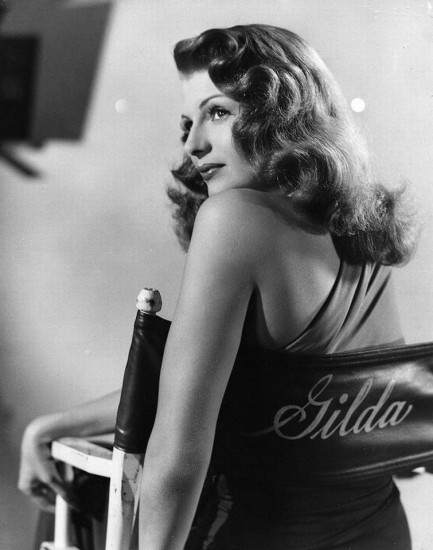
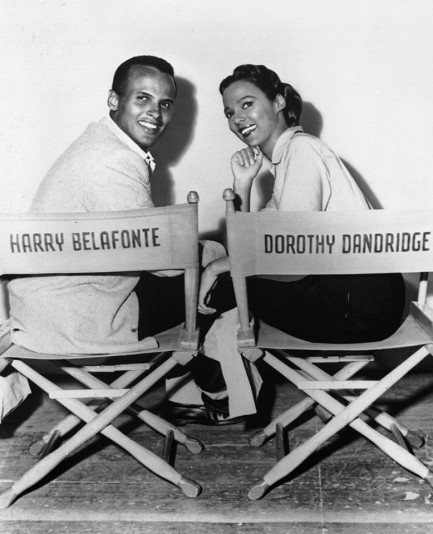
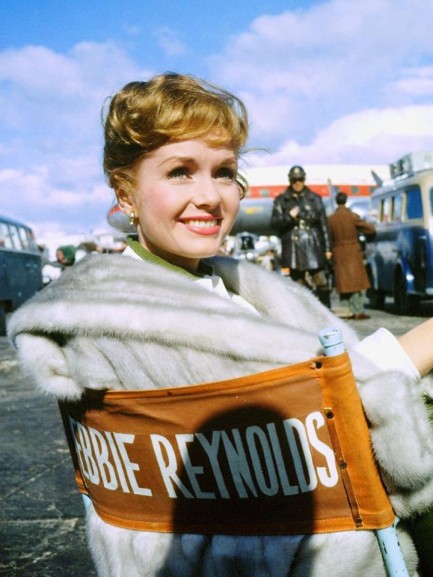
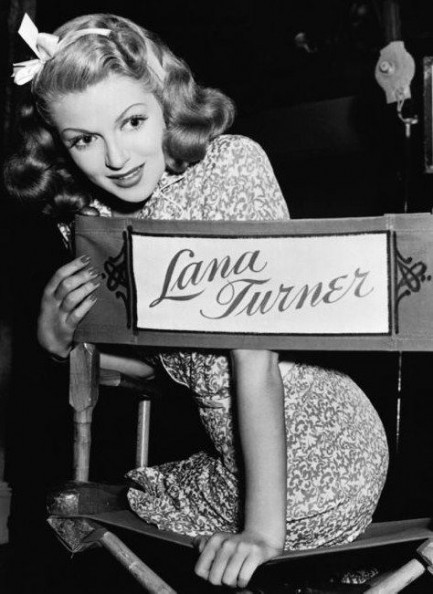
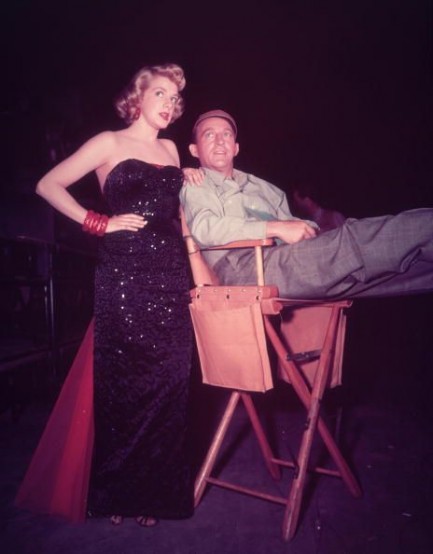

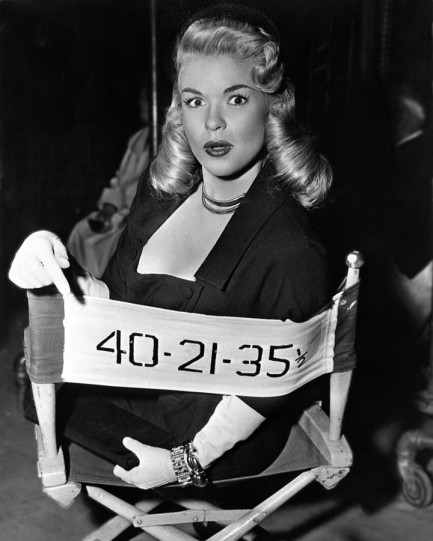


 to aggressive hate with reactive hate. The expectation that he possess superhuman forbearance while his oppressor can be merely human removes context and wrongly demands that everybody behave identically despite their different circumstances and different locations within the spectrum of power.
to aggressive hate with reactive hate. The expectation that he possess superhuman forbearance while his oppressor can be merely human removes context and wrongly demands that everybody behave identically despite their different circumstances and different locations within the spectrum of power.


















 take the time to make a note from paper and glue. They also learned that McDonald had made three phone calls during the time she was missing—none to police.
take the time to make a note from paper and glue. They also learned that McDonald had made three phone calls during the time she was missing—none to police. minute. He said, “She has done some very strange things in the past.” Police soon learned that the kidnap tale resembled the plot of Sylvia Tate's comedic novel The Fuzzy Pink Nightgown, which happened to be among the books McDonald had in her home. There was little doubt now in the minds of authorities that the whole situation was an elaborate hoax, but McDonald was a celebrity and so the police dutifully arrested suspects, continued investigating, and by January 17 sent the whole messy affair to a grand jury.
minute. He said, “She has done some very strange things in the past.” Police soon learned that the kidnap tale resembled the plot of Sylvia Tate's comedic novel The Fuzzy Pink Nightgown, which happened to be among the books McDonald had in her home. There was little doubt now in the minds of authorities that the whole situation was an elaborate hoax, but McDonald was a celebrity and so the police dutifully arrested suspects, continued investigating, and by January 17 sent the whole messy affair to a grand jury. The events of 1957 had put her front and center again, but it was the last time, until she died of an accidental Seconal overdose—or was it suicide?—in 1965. Two months later, her husband Donald F. Taylor, overdosed in the same room, using the same bottle of pills.
The events of 1957 had put her front and center again, but it was the last time, until she died of an accidental Seconal overdose—or was it suicide?—in 1965. Two months later, her husband Donald F. Taylor, overdosed in the same room, using the same bottle of pills.

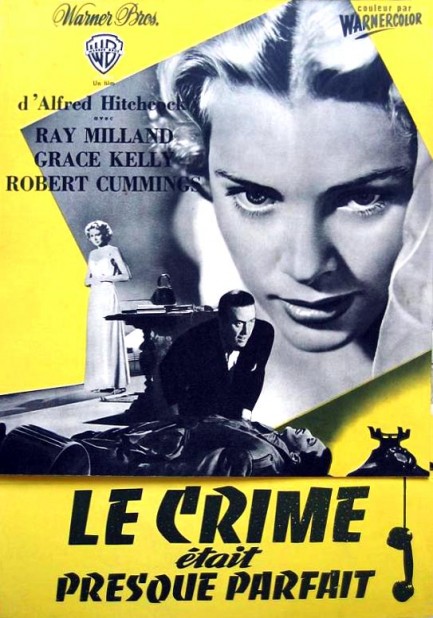
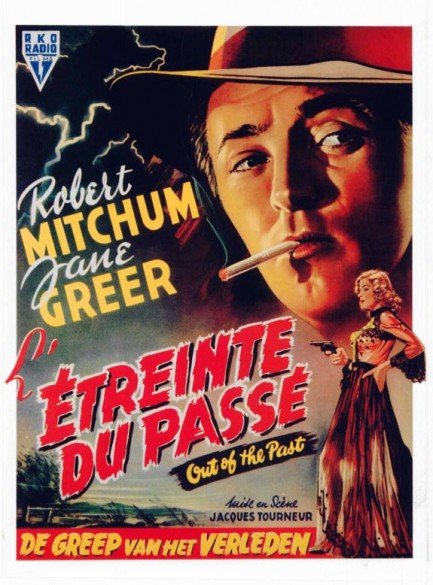
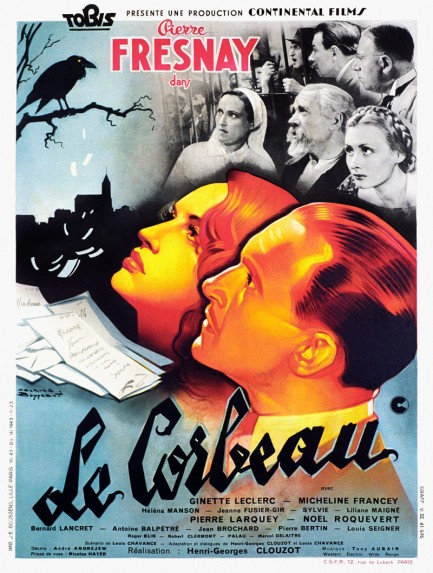
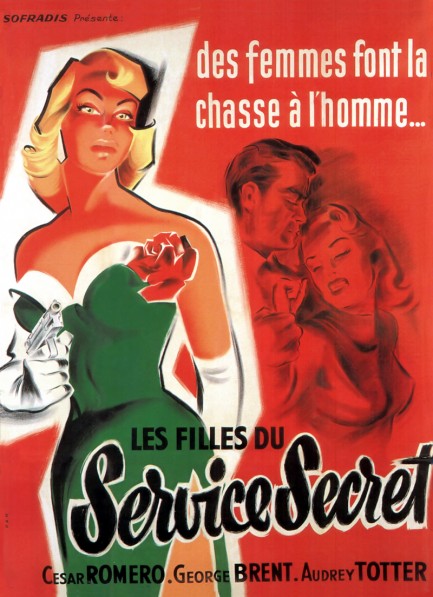
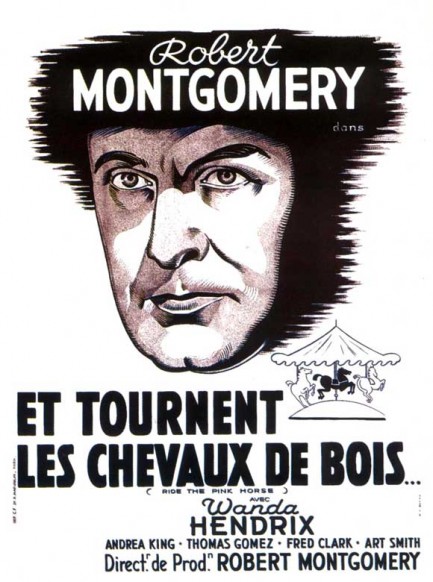
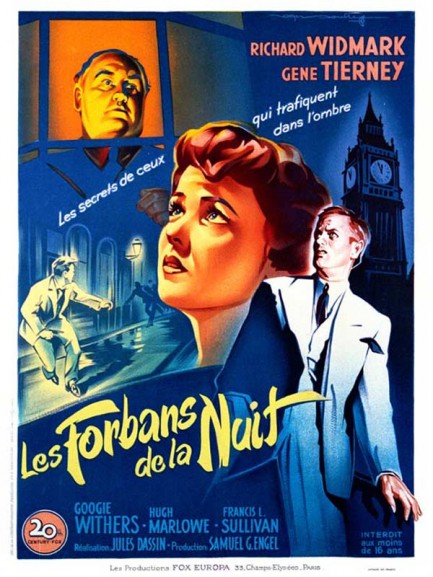
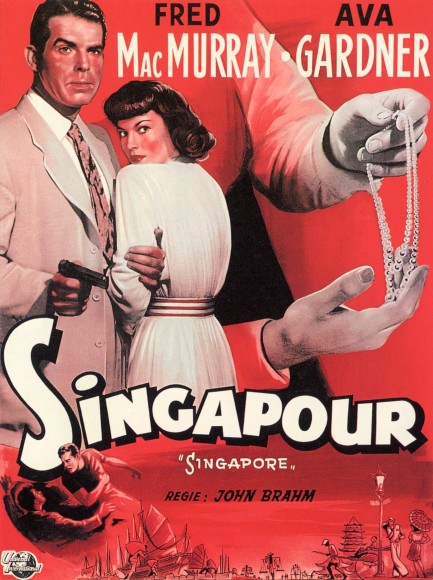
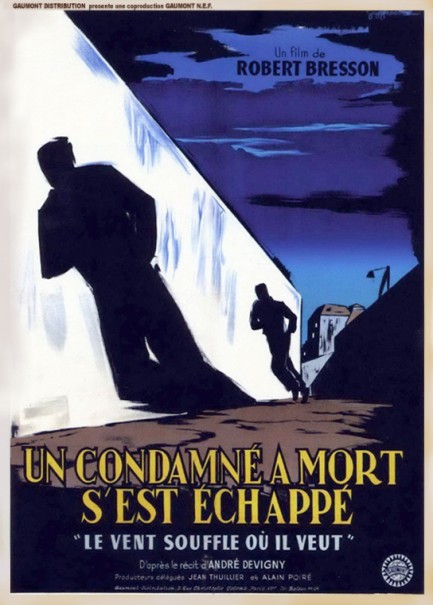
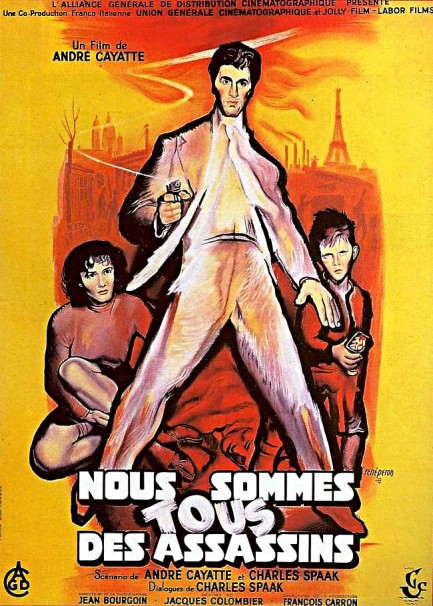
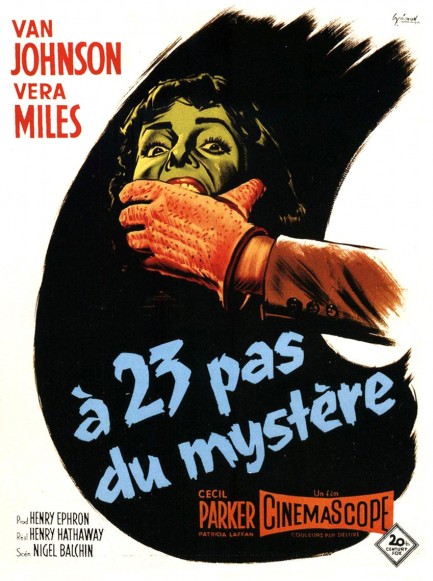
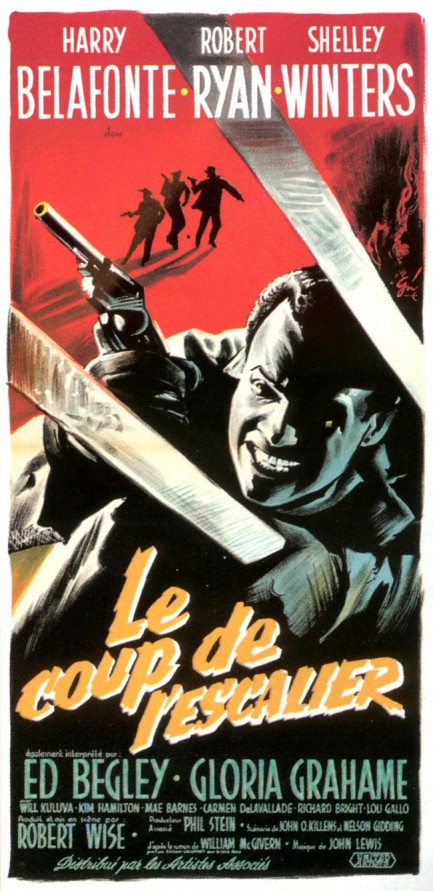
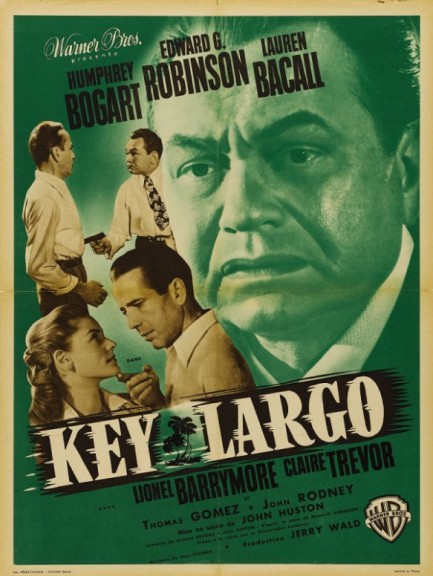
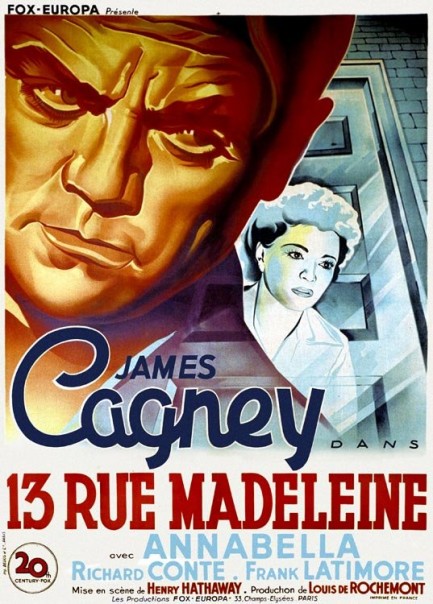





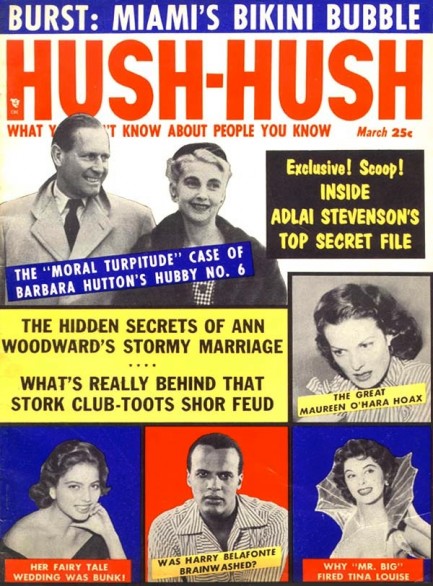
 Harry Belafonte gets a spotlight as well, but for political reasons. By 1956 he was a leading figure in the American civil rights movement and was highly critical of U.S. domestic and inter-national policy, and so Hush-Hush does what any respectable red-baiting scandal rag would do—suggest he was brainwashed by communists. While the story is pure baloney, it did turn out to be prescient in one sense—Belafonte did begin explicitly endorsing communist ideals, and remains a supporter of Fidel Castro and other leftist leaders today.
Harry Belafonte gets a spotlight as well, but for political reasons. By 1956 he was a leading figure in the American civil rights movement and was highly critical of U.S. domestic and inter-national policy, and so Hush-Hush does what any respectable red-baiting scandal rag would do—suggest he was brainwashed by communists. While the story is pure baloney, it did turn out to be prescient in one sense—Belafonte did begin explicitly endorsing communist ideals, and remains a supporter of Fidel Castro and other leftist leaders today.



































































